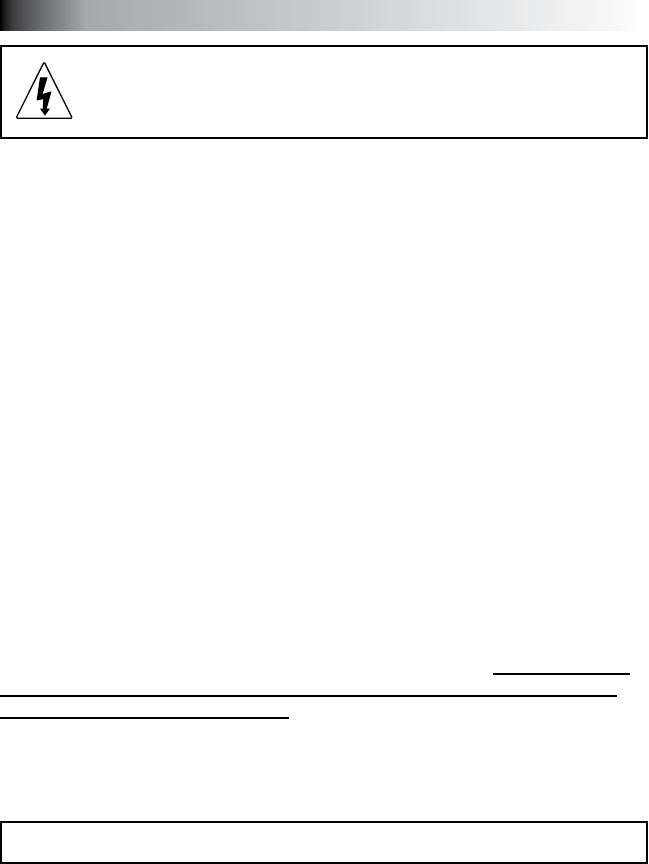
Page 70
J-400 Series
CAUTION: Never spray cabinet with a high pressure garden
hose for any reason since this action may induce an electrical
short in the spa’s electrical equipment.
14.6 Maintaining the Cover
Using the Jacuzzi insulating spa cover anytime the spa is not in use will
signicantly reduce your operating costs, heat-up time, and maintenance
requirements. To prolong the life of the cover, handle it with care and
clean it regularly using mild soap and water. Periodic treatments with a
special conditioner developed for Jacuzzi spa covers will help protect
against deterioration caused by UV rays from the sun. Never allow
anyone to stand or sit on the cover, and avoid dragging it across rough
surfaces.
14.7 Winterizing
Your Jacuzzi spa is designed to automatically protect itself against
freezing when operating properly. During periods of severe freezing
temperatures, you should check periodically to be certain that the
electrical supply to the spa has not been interrupted. In extreme, bitter
cold weather (less than -20 °F) verify auto-heating is set for 24-hour
operation (Section 13.5 Programming The Primary Filter Cycle, page 64)
and that auto-heating is selected (Section 13.2 Auto-Heating or Section
13.3 Programmable Heating Mode, page 60) to protect against damage
to the spa.
If you do not intend to use your spa, or if there is a prolonged power
outage during periods of severe freezing temperatures, it is important
that all water be removed from the spa and equipment to protect
against damage from freezing.
your authorized Jacuzzi dealer. In emergency situations, damage can
be minimized by taking the following steps:
CAUTION: TURN OFF POWER TO SPA.
1. Follow the directions on page 68 for draining the spa.
2. Turn the massage/diverter selector(s) into the middle combo position
to allow the water in the plumbing lines to drain, see page 54.
3. Turn the waterfall valve to the open position to allow the water in the
plumbing lines to drain, see page 54.
4. As the water level drops below the seats, use whatever means
necessary to get the water out of the recessed seating areas and
into the footwell, such as a wet/dry vacuum.
5. When the water level ceases to drop, use whatever means available
to remove any remaining water from the footwell, such as a wet/dry
vacuum.


















